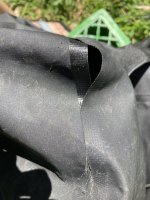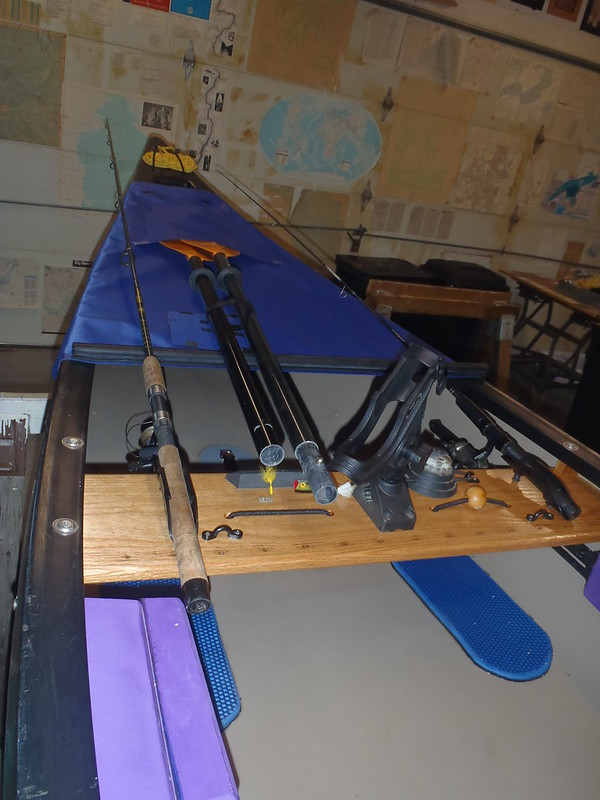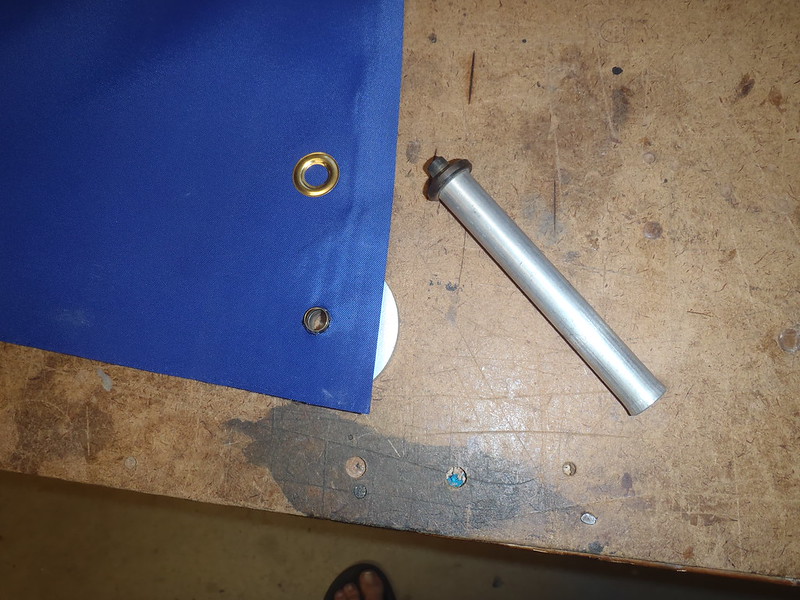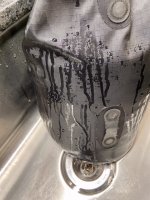G
Guest
Guest
This got me thinking.
I’m pretty careful with our dry bags, but even so I found a goodly number of small puncture wounds, usually on bags with unreinforced bottoms.
Actually I have found most of those punctures were closely spaced on the same bags. I expect I have inadvertently set them down on a greenbriar thorn, cactus spine or other needle like spike, lofted them extracting gear and set them down anew on the same thorn. In those kinds of suspect areas I now try to set the dry bag on my chair while emptying the contents.
Fortunately I didn’t discover those punctures when I pulled damp gear from the bag; I had the brilliant idea one day to stick my head up inside each bag in the gear room and look at the ceiling light. Ohhh, look, new pinhole constellations winking through the bottom.
Unfortunately I was not smart enough that day to shake the sand and dirt out first, at least with the first bag I stuck my head inside. YMMV.
I marked the pinholes and had a dry bag patching day. The best (and easiest) patch I have found is a waterbed patch kit (bedding isle of any bigbox store)
http://www.walmart.com/ip/RPS-Products-Inc.WPKWaterbed-Patch-Kit-VINYL-REPAIR-KIT/38471323
I patched the punctures inside and out and those repairs are still holding strong years later. I’m not surprised; if they will withstand a couple hundred gallons of water (and whatever vigorous activity) sloshing around inside a waterbed they oughta seal a dry bag.
If you have never closely inspected your dry bags for punctures it is worth a dry land looksee. Better dry now than damp later.
So I have patched my Sealine Propack too many times and am ready to pitch it.
I’m pretty careful with our dry bags, but even so I found a goodly number of small puncture wounds, usually on bags with unreinforced bottoms.
Actually I have found most of those punctures were closely spaced on the same bags. I expect I have inadvertently set them down on a greenbriar thorn, cactus spine or other needle like spike, lofted them extracting gear and set them down anew on the same thorn. In those kinds of suspect areas I now try to set the dry bag on my chair while emptying the contents.
Fortunately I didn’t discover those punctures when I pulled damp gear from the bag; I had the brilliant idea one day to stick my head up inside each bag in the gear room and look at the ceiling light. Ohhh, look, new pinhole constellations winking through the bottom.
Unfortunately I was not smart enough that day to shake the sand and dirt out first, at least with the first bag I stuck my head inside. YMMV.
I marked the pinholes and had a dry bag patching day. The best (and easiest) patch I have found is a waterbed patch kit (bedding isle of any bigbox store)
http://www.walmart.com/ip/RPS-Products-Inc.WPKWaterbed-Patch-Kit-VINYL-REPAIR-KIT/38471323
I patched the punctures inside and out and those repairs are still holding strong years later. I’m not surprised; if they will withstand a couple hundred gallons of water (and whatever vigorous activity) sloshing around inside a waterbed they oughta seal a dry bag.
If you have never closely inspected your dry bags for punctures it is worth a dry land looksee. Better dry now than damp later.









